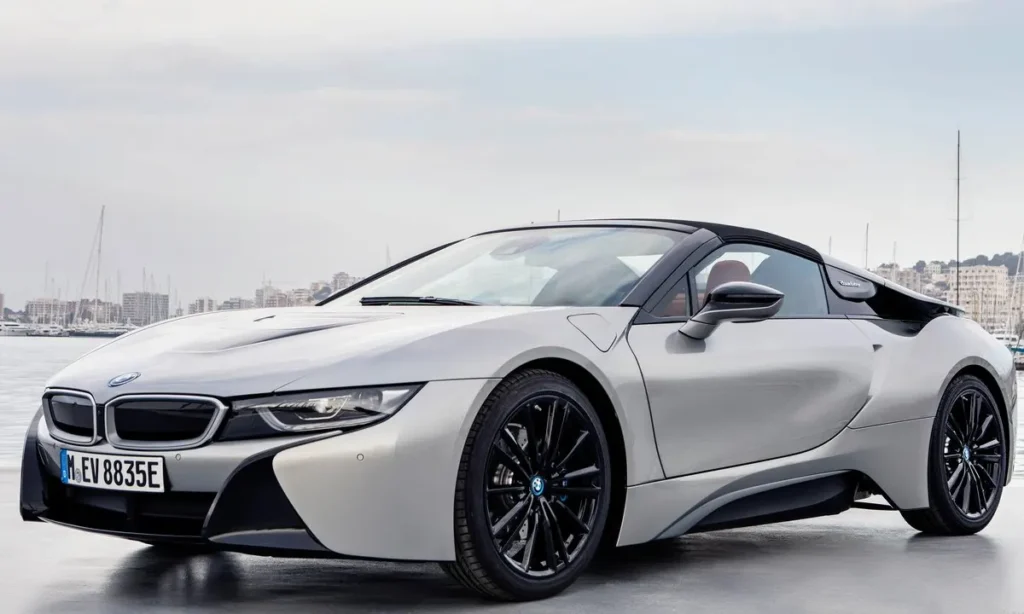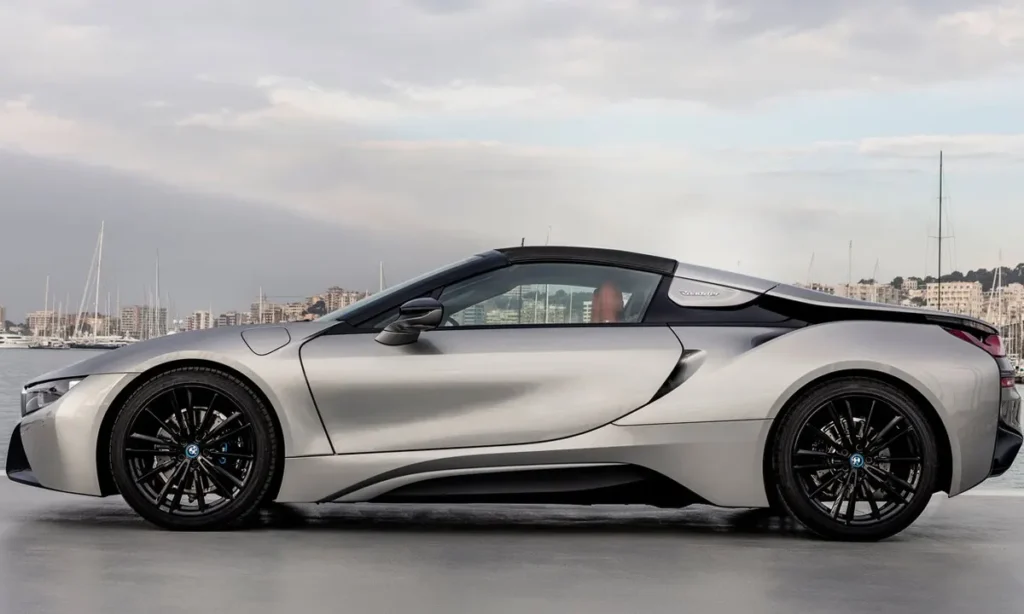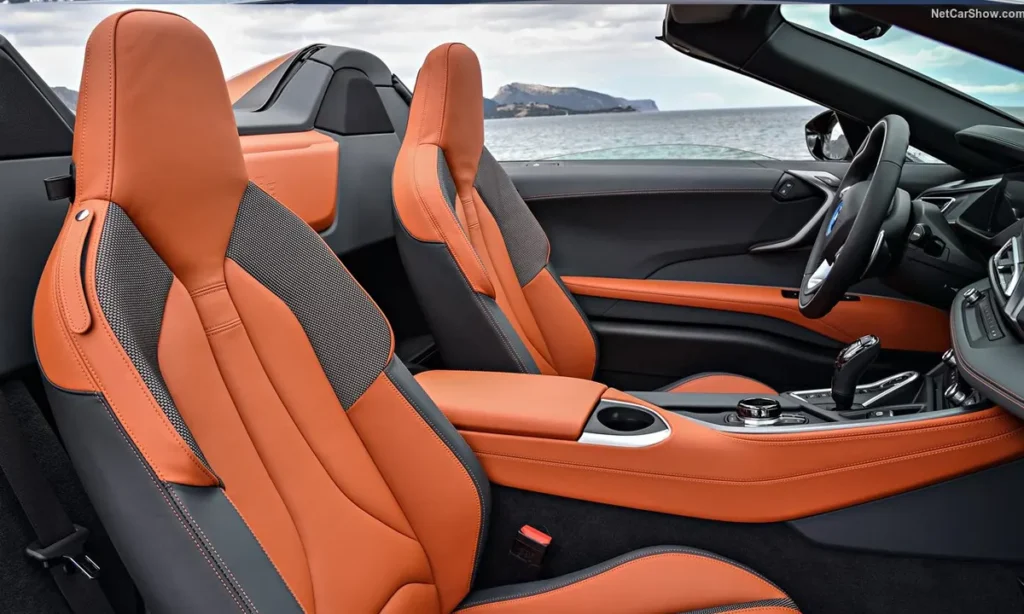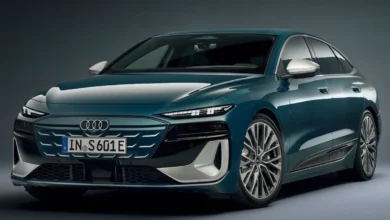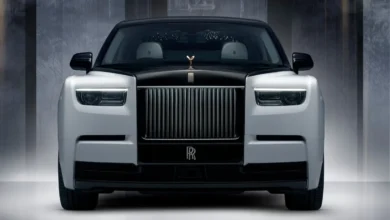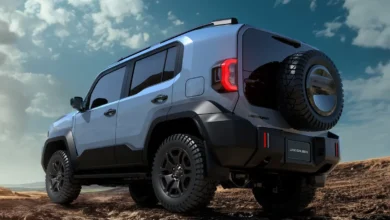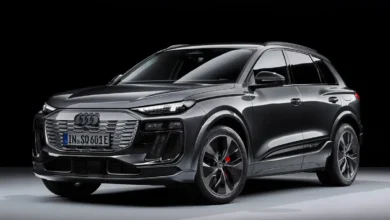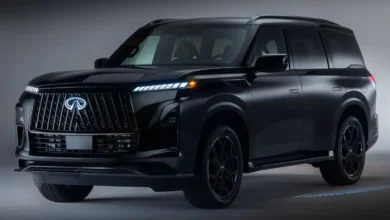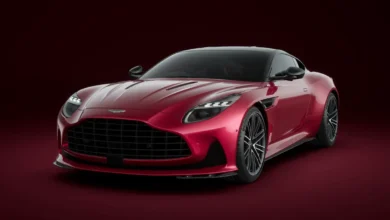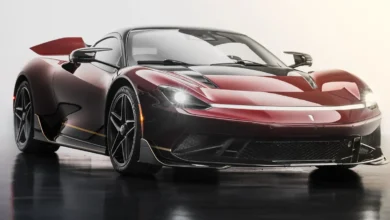Why the BMW i8 Was Discontinued: A Deep Dive into the Demise of BMW’s Futuristic Hybrid Supercar
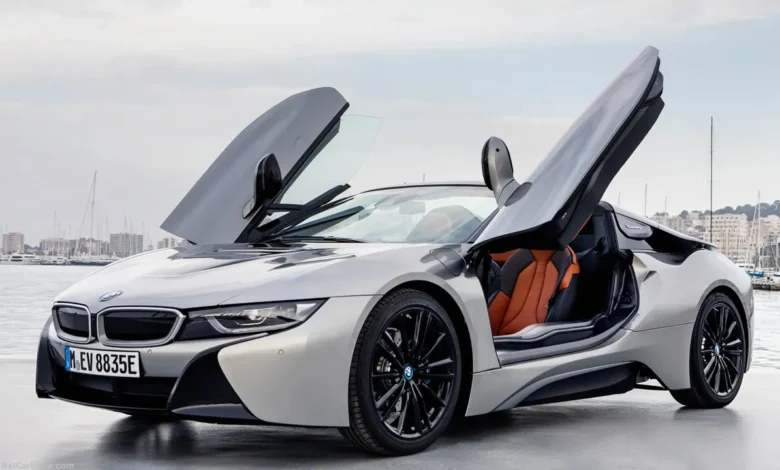
The BMW i8 was not just a sports car—it was a vision brought to life. With its futuristic aesthetics, plug-in hybrid drivetrain, and lightweight carbon fiber structure, the i8 represented the future of performance vehicles when it launched in 2014. Yet despite its technological brilliance and the halo status it brought to BMW, the i8 was officially discontinued in 2020. Why would BMW pull the plug on such an iconic vehicle just six years after launch?
This article explores the reasons behind the discontinuation of the BMW i8, the legacy it leaves behind, and what it means for the future of hybrid and electric supercars.
Slides: BMW i8
The Vision That Started It All
BMW introduced the i8 as part of its “Project i” electric vehicle initiative. The Vision EfficientDynamics concept, which was introduced at the 2009 Frankfurt Motor Show, served as its foundation. The production version retained the same revolutionary styling, including butterfly doors, aggressive aerodynamic lines, and a two-tone body that looked straight out of a science fiction movie.
Beyond appearances, the i8’s internal design was revolutionary. It featured a 1.5-liter turbocharged three-cylinder gasoline engine paired with an electric motor, delivering power to all four wheels. With a combined output of 369 horsepower, it could accelerate from 0 to 60 mph in around 4.2 seconds, a number that rivaled many traditional V8 sports cars.
The i8’s performance was paired with environmental consciousness. With a pure electric range of up to 18 miles (in early versions) and fuel efficiency ratings well above 70 MPGe, it straddled the line between green technology and exhilarating driving.
A Complicated Market Position
One of the key reasons the BMW i8 struggled in the market was its complex identity. It was neither a full EV nor a traditional gas-powered supercar. In a world that was becoming increasingly polarized between full electrification and combustion performance, the i8 stood awkwardly in the middle.
Environmentally conscious buyers often chose fully electric cars like the Tesla Model S, which offered longer electric ranges and a more robust charging infrastructure. On the other hand, performance enthusiasts gravitated toward the more powerful BMW M cars or rivals like the Audi R8 and Porsche 911, which delivered rawer performance for similar or lower prices.
The i8 ended up in a niche within a niche as a result. It was futuristic but not the most advanced in electrification. It was quick, but not the fastest. And it was luxurious, but not the most practical or comfortable.
Pricing That Raised Eyebrows
At launch, the BMW i8 came with a hefty price tag of around $136,000, which rose to over $160,000 for later models like the Roadster. While that positioned it firmly within the supercar territory, the performance didn’t quite justify the cost. Many similarly priced vehicles offered better horsepower, more driving excitement, or higher-end interiors.
BMW’s own M6 Coupe and the newer M850i xDrive offered more horsepower, more traditional luxury, and arguably more daily usability at lower prices. For buyers focused on numbers and features, the i8 became hard to justify—despite its design pedigree.
Technological Compromises
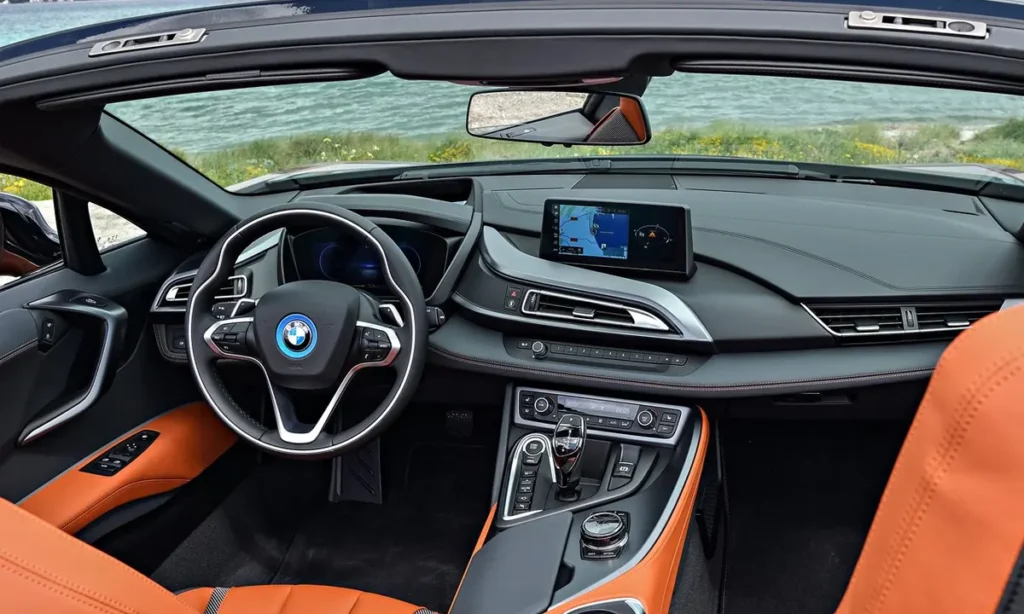
While the i8 was a technological showcase in many ways, it also suffered from its own innovation. The use of carbon fiber for its chassis and body panels made it expensive to produce and repair. The hybrid system, while efficient, added complexity and weight.
Furthermore, the electric-only range, while impressive for 2014, was quickly overshadowed by newer plug-in hybrids and full EVs. Even with a battery upgrade in 2018 to 11.6 kWh (up from 7.1 kWh), the all-electric range remained underwhelming compared to rapidly evolving competitors.
Evolving Market Trends
When the i8 was launched, the automotive world was just beginning to embrace electrification. Tesla was still ramping up production, and traditional automakers were slowly dipping their toes into hybrid and EV waters. With the i8, BMW made a daring move in an attempt to dominate a new market for hybrid sports vehicles.
But the market shifted quickly. Consumer demand for SUVs skyrocketed, and fully electric vehicles became more popular, driven by improving range and lower operating costs. Plug-in hybrids, especially those priced like supercars, started to fall out of favor. BMW had to adjust its long-term strategy accordingly.
Declining Sales and ROI
Sales of the BMW i8 started to decline in 2014 after a robust start. By 2019, annual sales had dropped below 2,000 units globally. In the U.S., fewer than 200 i8s were sold in 2020 before production ended. For a car that was intended to be a halo vehicle, the low volume couldn’t justify continued investment.
From a business perspective, maintaining production for a car with limited sales, high production costs, and a complicated supply chain was no longer sustainable. BMW made the decision to end production in April 2020, marking the conclusion of the i8’s six-year run.
Read: 2025 BMW X6 M60i: Performance Redefined in a Luxury Coupe-SUV
No Direct Successor, But the Legacy Lives On
BMW has yet to announce a direct successor to the i8, but its influence is clearly visible in the brand’s modern EV lineup. BMW has reaffirmed its commitment to full electrification, this time with an emphasis on performance and practical elegance, as seen by models like the i4, iX, and the future i5 and i7.
Meanwhile, the lessons learned from the i8’s hybrid architecture, lightweight materials, and battery management systems have informed the development of newer platforms. Even though the i8 didn’t revolutionize the market as hoped, it set the stage for BMW’s ongoing EV evolution.
Chart: BMW i8 Sales by Year (Global)
| Year | Units Sold |
| 2014 | 1,741 |
| 2015 | 5,456 |
| 2016 | 3,552 |
| 2017 | 3,965 |
| 2018 | 3,742 |
| 2019 | 2,370 |
| 2020 | <200 (U.S. only) |
Note: Global totals are approximate.
Could the BMW i8 Become a Future Classic?
Despite its commercial limitations, the BMW i8 is already gaining traction among collectors and enthusiasts. Its limited production run, revolutionary design, and unique hybrid powertrain make it a likely candidate for future classic status. In the years to come, special versions like the Protonic Frozen Black or the last 18-unit “Ultimate Sophisto Edition” can fetch higher prices.
Enthusiasts praise the i8 for its uniqueness, rarity, and striking aesthetics—things that often matter more in the collector market than raw performance metrics.
Final Thoughts
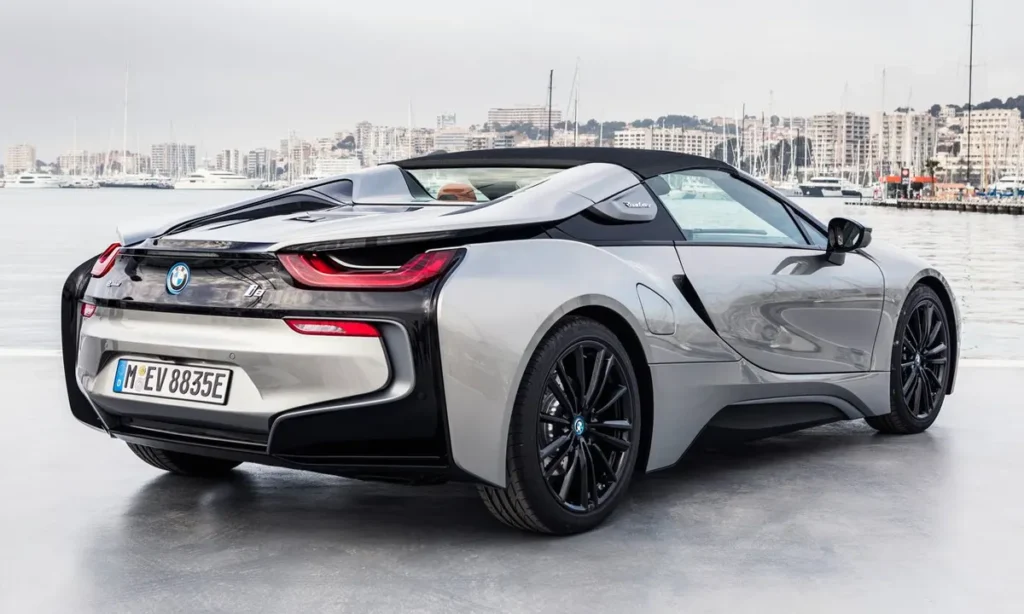
The BMW i8 was a bold, beautiful experiment in what the future of performance cars could be. It bridged the gap between the internal combustion past and the electric future, offering a compelling vision that was just slightly ahead of its time. While it may not have succeeded in redefining the supercar, it laid the groundwork for a new generation of performance-focused, electrified BMWs.
In many ways, the i8 was never meant to be a mass-market car. It was an eye-catching example of a rolling concept automobile. And in that sense, it succeeded brilliantly.
Frequently Asked Questions (FAQ)
Q: Why was the BMW i8 discontinued?
A: The BMW i8 was discontinued due to declining sales, high production costs, limited electric range, and a shifting market that favored fully electric vehicles and SUVs.
Q: How many BMW i8s were made?
A: BMW produced approximately 20,500 units globally between 2014 and 2020.
Q: Is the BMW i8 fully electric?
A: No. The BMW i8 is a plug-in hybrid that combines a gasoline engine with an electric motor, offering an all-electric range of 15–18 miles depending on the model year.
Q: Will there be a successor to the i8?
A: BMW has not announced a direct successor to the i8, but its modern EV lineup continues the brand’s electrification strategy.
Q: Is the BMW i8 a good investment?
A: While the i8 depreciated like most luxury cars, limited editions and well-maintained models may become collector’s items in the future.

